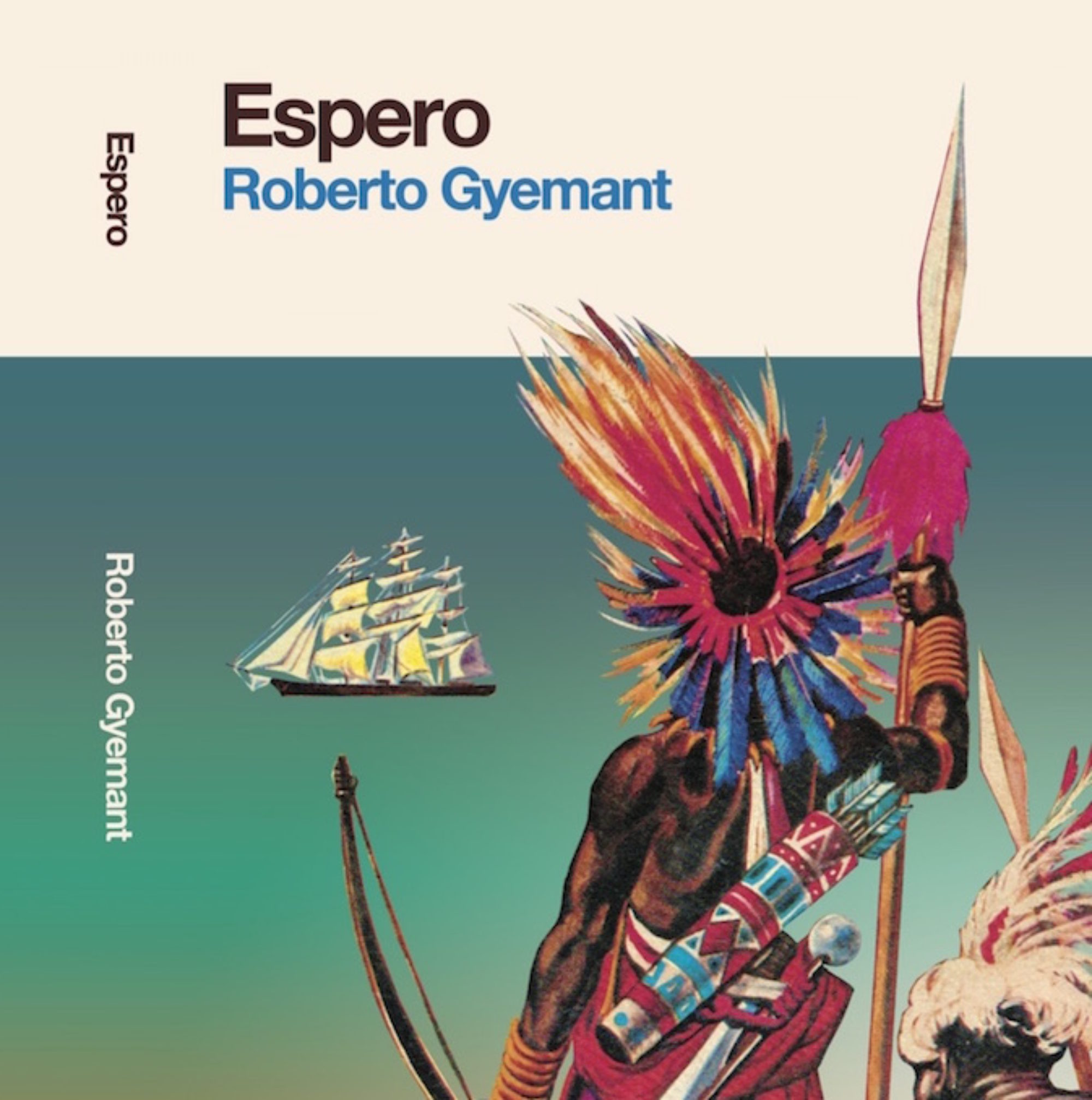Among the many subgenres that make up the AfroCuban music complex – Sones, Guarachas, Guajiras, the many different Guaguancos, Mozambique, Conga/Comparsa, Changui etc. – the Son Afro is a particularly delicious and interesting form.
The archetypical Son Afro is Arsenio Rodriguez’s “Bruca Manigua”, discussed in the previous article (with video clip about halfway in). As the story goes, Miguelito Valdés brought the song to his bandmates in La Orquesta Casino de la Playa, and their recording of the song (with Miguelito singing) became a key part of the body of recordings they did in the roughly 1937-40 period that were massively influential throughout the Caribbean and Latam.
My idol Ned Sublette tells the story of the song’s recording in his masterwork “Cuba and its Music.” Describing a marathon recording session by RCA records between June 15 and 17, 1937, Sublette says:
“RCA producer Daniel Des Foldes and Engineer Fred A. Lynch recorded until they ran out of blank wax masters, for a total of 141 recordings, mostly in single takes, by 24 different groups.”
…“On the last day of the session, the penultimate group to record was Casino de la Playa, and no doubt the dwindling number of wax masters was a factor in limiting them to six numbers.
Fanfare, drum roll: those six numbers are the beginning of the modern tradition of Cuban dance music.
“Bruca Manigua” was the first recording ever of an Arsenio Rodriguez tune. It was a relaxed tempo, built on a rhythm that Arsenio at the time called “canto congo” and which on Casino de la Playa’s record, with an arrangement by Sacasas, was called an “afro-son”…”
Note that on the 78 in the Youtube clip, the song is noted as a “Conga.” On other songs it’s called a “Rumba Lament”, “Afro Lament” or just “Afro.” Miguelito Valdés’ signature song “Babalu” (He was known throughout his long and illustrious career as “Mr. Babalu”) was an Afro:
Here is one of my favorites – Colombian singer and composer Tito Cortés singing the great Puerto Rican composer Rafael Hernandez’s Afro “Diablo”:
Just as the clave is an uncredited part of early Rock and Roll (check out “Iko Iko” and many of Bo Diddley’s songs – known as “the Bo Diddley Beat”), so too was the Afro present in early and mature Rock and Roll and R&B .
Listen again to Ray Charles’ “Unchain My Heart”
It’s a speeded up Afro. I hear it in Bobby “Blue” Bland’s “Honey Child” as well. Once you start listening for it, you’ll be surprised where you hear it. It’s part of the “latin beat” the Funk Brothers discuss in the documentary “Standing in the Shadows of Motown”, as played by drummer (and with bassist James Jamerson, founder of the Motown Sound) Benny Benjamin.
According to Rolling Stone Magazine: “For years, Berry Gordy refused to record unless the hard-swinging Benny Benjamin was in the studio . “He had a distinctive knack for executing various rhythms all at the same time,” the Motown Founder said of his label’s key session drummer.”

Available bios of the Alabama-born Benjamin – who Stevie Wonder says he learned to play percussion by listening to – are spare as to his connection to Latin music, sometimes noting that his influences included “Buddy Rich and Tito Puente.” I don’t know… I smell an untold backstory here. You don’t get a nickname like “Papa Zita” without hanging out with Cubans or Puerto Ricans in NYC…
Now listen again to Santana’s “Black Magic Woman”:
That’s the Afro Son, especially strongly in the bassline. Note that key members of Santana’s group included Cuban-born percussionist Armando Peraza, who was part of the AfroCuban Jazz scene in NYC in the late ’40s.
